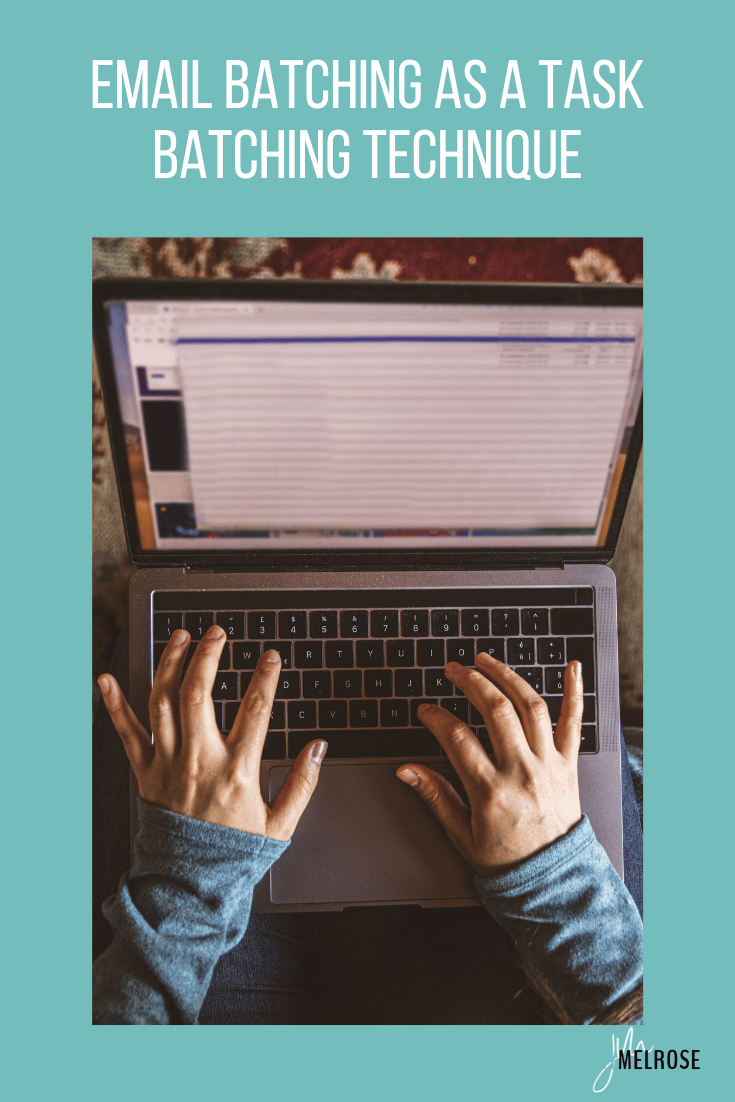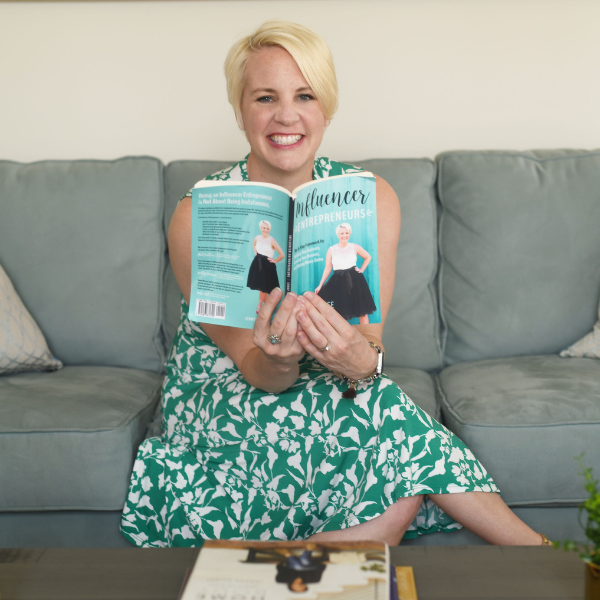Uncover the secrets of email batching as a powerful task management technique that will allow you to schedule your emails a month in advance.
IE 382: Email Batching as a Task Batching Technique

We’ve talked about the importance of email marketing in the past.
You understand a welcome sequences and how to have a sales sequence as well as the importance of consistently emailing your people.
You cannot simply email them once a month. It’s not enough. They’re not going to know who you are.
Too many other people are emailing them more often and if you’re only getting in there inbox once a month, they’re going to open your email and have no idea who you are.
What is Email Batching?
Email batching is when you are able to sit down and write out as many emails as are necessary for you to schedule a month’s worth of emails.
Therefore, if you email your list once a month, you’d obviously be done after one email.
But the goal here is to email your list once a week at a minimum.
You want to get up to emailing your list twice a week.
And if you can get up to three times a week, that is your golden standard.
I email my list three times per week and I’m able to do that because I email batch.
I make sure I know what the topics are going to be that I’m going to email them about a month in ahead.
And then I sit and write out all those emails.
Now here’s the thing about email batching. When you are creating your emails, they do not need to be super long emails.
They can be three to six sentences with a call to action to be able to go through to click through or to get whatever it is that you need them to get.
Benefits of Email Batching
Time
You’re able to save so much time by going through and batching your emails like this so that you are not sitting down at the computer the day before you want to send out an email and trying to figure out what it is that you’re going to be putting out there.
Anytime you can work on the same task, so writing an email, It is going to help you be more efficient.
You are able to get more done within the amount of time that is allotted because you’re not switching from one task to the next task.
In other words, you’re not writing an email and then going and writing a blog post and then trying to photograph something.
We’ve talked about this the last couple of weeks where we talked about how to batch your content for your blog as well as batching your content for social media.
Energy
We know that our energy goes up and down depending upon what tasks we’re working on.
What are the things that we don’t like to do? What are the things that we do like to do?
When I used to write my emails, it was not my favorite thing to do. I had a tough time with it. I always felt like I was staring at a blank space.
But now that I go from one email into the very next, it’s a flow. It’s an energy level that is already there for that task because my brain is at that level.
I’m thinking about who I’m writing my emails for and I’m making sure that they are consistent throughout the week and month.
How to Batch Emails for Productivity
Email Content Calendar
Start with an email content calendar.
You want to look at the month and decide what days you are going to email your people.
Then put the dates in and decide upon what the call to action is going to be. If the call to action is to go to a blog post then write the url next to the date.
When we’re looking at how to put together this email content calendar, you can go into Canva and you can try to find a calendar or you can simply go into a Google Sheet and put it together there.
Personally I use Google for everything from my documents for my coaching clients, to created an email content calendar.
Content Pillars
Next, go through and decide on your content pillars.
What are you trying to get in front of your audience? What are you trying to get their brain wrapped around? What problem are you trying to solve for them?
When you content batch for your blog you are using your content pillars and creating categories of information.
When you are batching your emails, you want to use those content pillars that you’ve created through your content batching.
Determine the CTA (Call to Action)
Finally, when you are trying to decide upon the call to action, you are then taking a look at, okay, once they’re on your list, what’s the next step for them?
What’s the product or service that you’re offering them?
This is where if you haven’t already created a product or service, you can start looking at a possible product that could work for your audience.
Questions to ask yourself would be: What would be the logical next step? How can I fully solve the problem that my audience is coming to me for and make sure that they truly understand how to get from A to Z?
These questions can lead to a paid product.
Now if you have that paid product, this is where your sales funnel starts to develop.
This is where you’re going to go from your opt in and then you’re going to be able to go into an email sequence that’s going to let them know about the product or service that you offer that is also connected to that opt in that you’ve created.
So let’s go back to the gardening example that I gave you. You have blog content that is going to have a gardening gardening blog post.
You’ve created a bunch of blog content for that. Now you have a gardening opt in and then behind the gardening opt in you have a gardening workshop.
In your emails when you were talking about gardening and sending them to a new article that you have, you can have a call to action that is a PS that says, Hey, don’t forget that I have my gardening workshop and maybe you’re doing a discount for that month or maybe you’re doing a bonus that goes along with it for that month.
This way you can really look at your calendar over the course of a year and think about what products am I trying to get back in front of my audience and what am I going to focus on this way.
You are determining that call to action to know what’s going to go into your emails.
Now, when we go back to that email content calendar that we started in the beginning, you have your dates, you have your content pillar with the article URL that you are sending them to, and then you also can have a link URL to the CTA for the product or service that is connected.
Everything is mapped out for the entire month and you can have a focus and you’re not switching from trying to talk about gardening to then talking about canning.
You’re staying within your content pillars so that they can understand exactly where they’re going.


